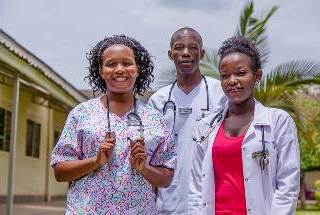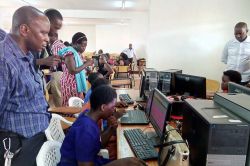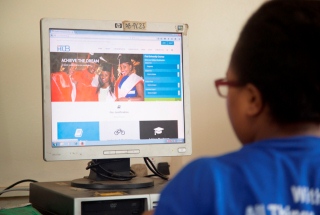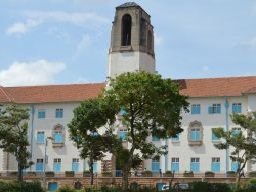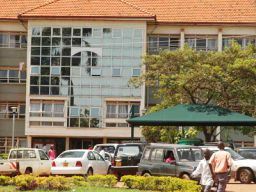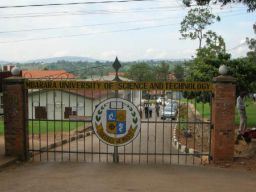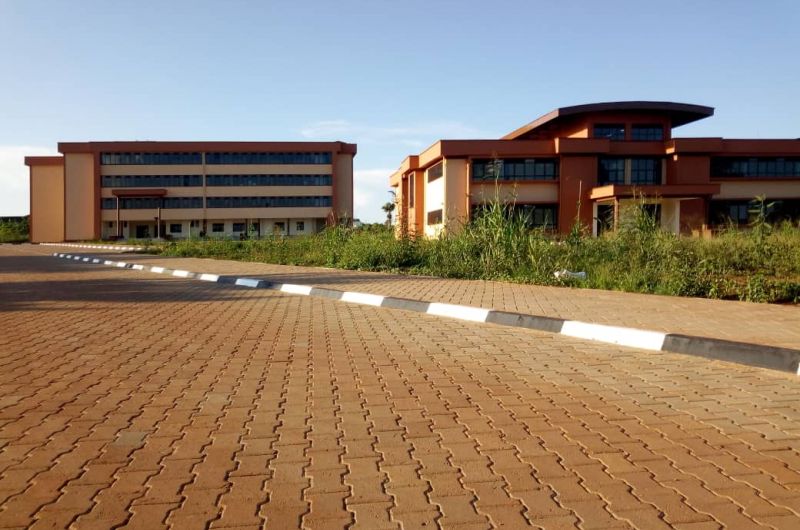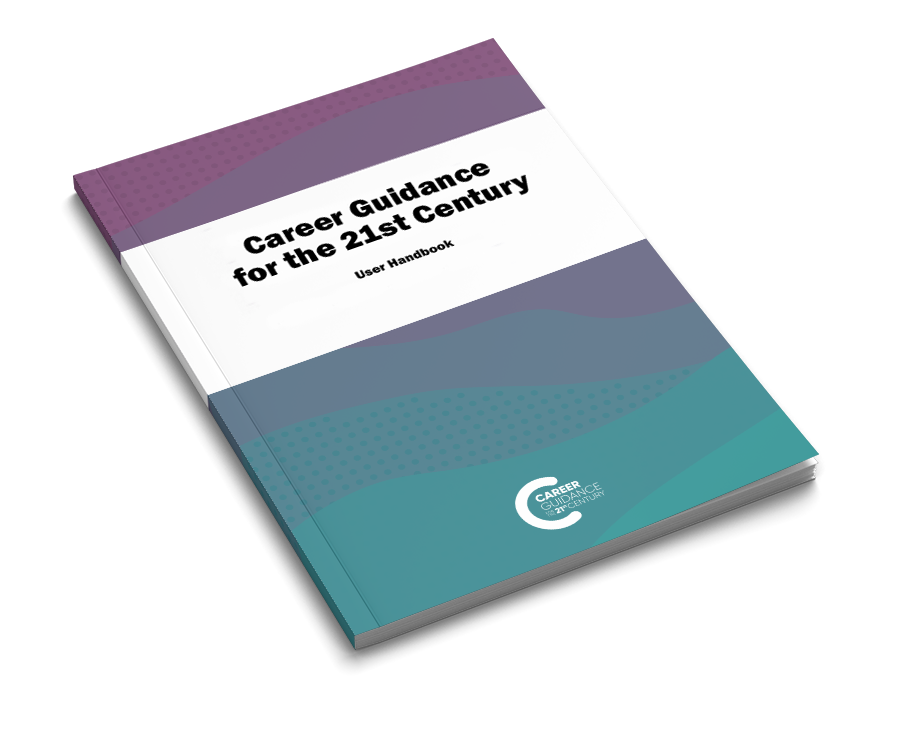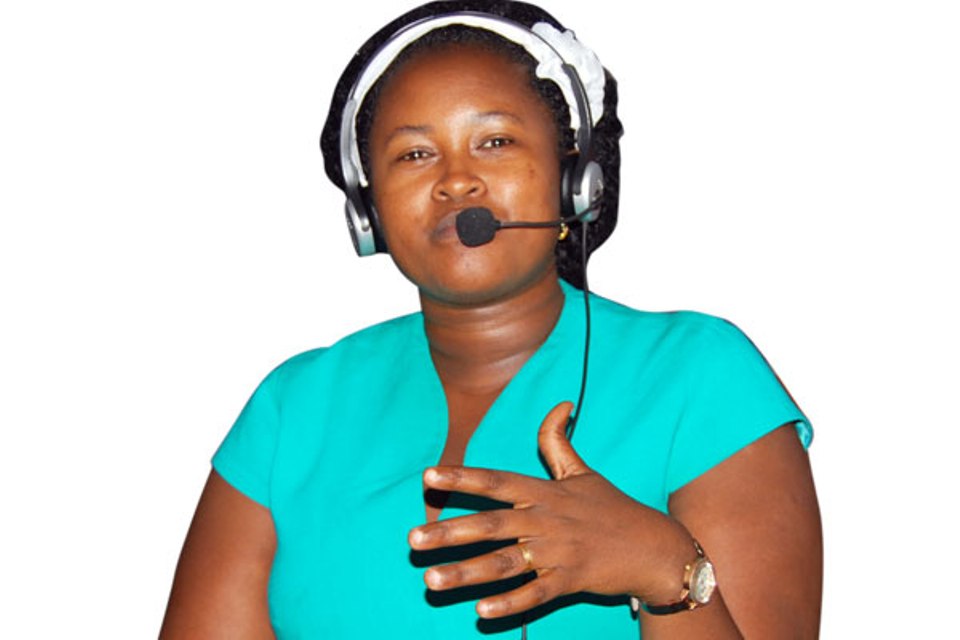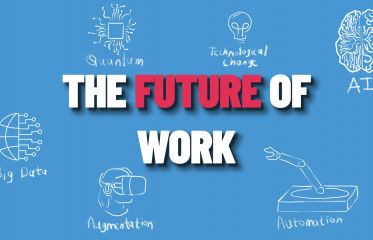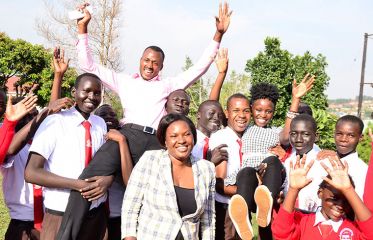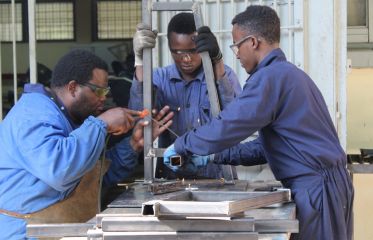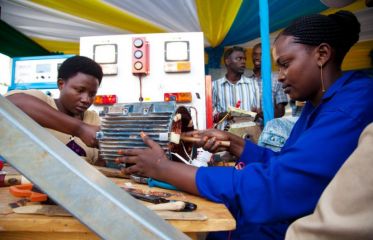Dr Yvette Wibabara walks into the offices of The Medical Concierge Group (TMCG) in Rubaga at about 1pm to begin her 10-hour shift at the call centre. She is the image of courteousness, even though she is an hour late. She is pursuing a Master’s in Clinical Epidemiology and Biostatistics, and has to attend class.
At the mention of a call centre, telecom companies come to mind. But, did you know there is a medical call centre in Kampala, where you can call in or text your medical inquiries?
“I must admit, it is a whole new experience for me,” Wibabara says. “The way we [doctors] are taught, you have to examine a client, which is different from what the call centre does. Here, you listen to their voice or look at the text they have sent, to diagnose their condition. At least, with WhatsApp, they can send pictures to help you identify and diagnose the condition, but most times the pictures tell a different story.”
Sensitizing the population
With the gaps in accessing health care, a medical call centre is a critical intervention. Our health system is structured to wait for people to come to the health centre when they are sick and yet, with the increase in phone usage, the resources available to disperse health information are infinite.
The call centre uses mobile phone technology, such as phone calls, SMS, WhatsApp, Facebook, Twitter, email, and Skype to dispense health information.
Previously, if one wanted to talk to a health professional without paying consultation fees, they would hijack the doctor in a hospital lobby, or wait for a newspaper pull-out or health poster. Now, social media is the new market place.
Dr John Mark Bwanika, director, TMCG, says the idea of creating the call centre was to equip people with enough health information. “We give them enough remote engagement so that they can save money and time. On the other hand, TMCG provides health information technology and a digital platform for academic public health programmes and research organisations to improve their engagement with communities.”
While information given to the public is free, institutions, such as USAID, which use the call centre, pay for the services. The doctors are paid a salary.
Diagnosis
In a traditional setting, clerking a patient involves history-taking, examination, taking samples, interpreting the results, diagnosis, and then, medication. In a call centre, all are combined, as Wibabara narrates.
“With time, you can manoeuvre through it all. On platforms where a patient cannot send a picture, we use our history-taking skills. If someone has malaria, there are typical symptoms they should exhibit. Some people contact the call centre after doing lab tests. They send a picture of the results and we interpret them. It is a back and forth interaction.”
For cases that cannot be easily interpreted, the client is referred to a medical facility near them for tests. Most cases involve reproductive health, which people fear to disclose to doctors during a physical interaction.
“A woman may take a morning-after pill and is not sure if it will work,” Wibabara says, adding, “Or, a new mother may say her baby has not passed stool for two days. Ideally, she goes to the health centre and pay a consultation fee to see a paediatrician. The call centre saves her all this. We even describe how to attach a baby to the breastfeed and send pictures.”
In the one year since Wibabara has worked at the call centre, most contact comes through phone calls and WhatsApp messages, from the young, educated, and working class. The calls are not toll free, though. On average TMCG serves 50,000 people on all its platforms.
The craziest interactions
Because of her school schedule, Wibabara only works the evening shift, from 5pm to 10pm. Day time is the busiest while the quietest times are during the night. Inevitably, some people misuse the service.
“Some men call and try to vibe [woo] you, saying they want to marry you. Others call asking for jobs. Some women send pictures of themselves naked on WhatsApp.”
Cases of people sending pictures of other’s medication and medical files are common. “Once, someone sent pictures of her maid’s medicine. They were ARVs. Sometimes, you are caught in-between. This is not the owner of the medicine and she has breached someone else’s privacy.
It is wrong because there are issues of confidentiality involved. I told the employer to inquire from the maid instead of invading her privacy.”
A medical revolution?
Some would say the call centre, operating since 2013, is a revolution in a sick health sector, but Dr Bwanika disagrees. “We are finding new ways of breaking barriers to accessing healthcare. Some people never interact with a doctor in their entire lives. We are helping them access health professionals.”
“In some medical specialties, the professionals are few and clustered around Kampala. I believe if a nutritionist or a psychiatrist comes here to receive questions from all over the country, they are adding value.”
The call centre interactions are in the common local languages – Luganda, Runyakitara, Luo, Lusoga, Lugisu - and English. General doctors man the platforms but on specific days, guest specialists are invited.
source * http://www.monitor.co.ug







